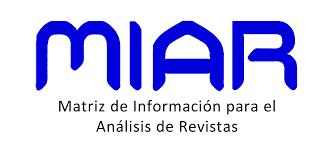Book review: The Invention of the Historic Monument
DOI:
https://doi.org/10.56039/Keywords:
ReviewAbstract
Surely, among the most consulted and cited books on the subject of heritage in the academies of Architecture, Urban Planning, Archaeology, Art History, and Conservation - and in the select governmental (cultural) spheres where these specialists participate - Françoise Choay's (1925-2025) book stands out: The Invention of the Historic Monument, published in French in 1992 by Éditions du Seuil, and 15 years later (2007), Editorial Gustavo Gili of Barcelona published the first edition in Spanish. 28 years since its first edition, the book not only stands out for the relevance of the themes and problems it addresses and in some way anticipates, but it also encounters new expressions and challenges, with the explosive development of the so-called information and communication technologies (ICT), up to artificial intelligence (AI), commanded by global capital (financial, real estate, film, and tourism, among the most visible sectors), within the neoliberal context that impacts architectural and urban production, placed at the center of the "competition in and between cities" (Fernández, 1997), where heritage potentiates its importance in international markets and supports a lucrative component of the so-called "place branding" (Tena, 2023), seen as a new and powerful sense of heritage that overflows what was initially presented by Choay as an allegory and critique of the "cult of the historic monument" and that, since then, unfolded reflection in different directions, but without detaching itself from its materiality and social (human) meaning.
Downloads
Downloads
Published
Issue
Section
License
Copyright (c) 2025 Gremium

This work is licensed under a Creative Commons Attribution-NonCommercial-NoDerivatives 4.0 International License.























